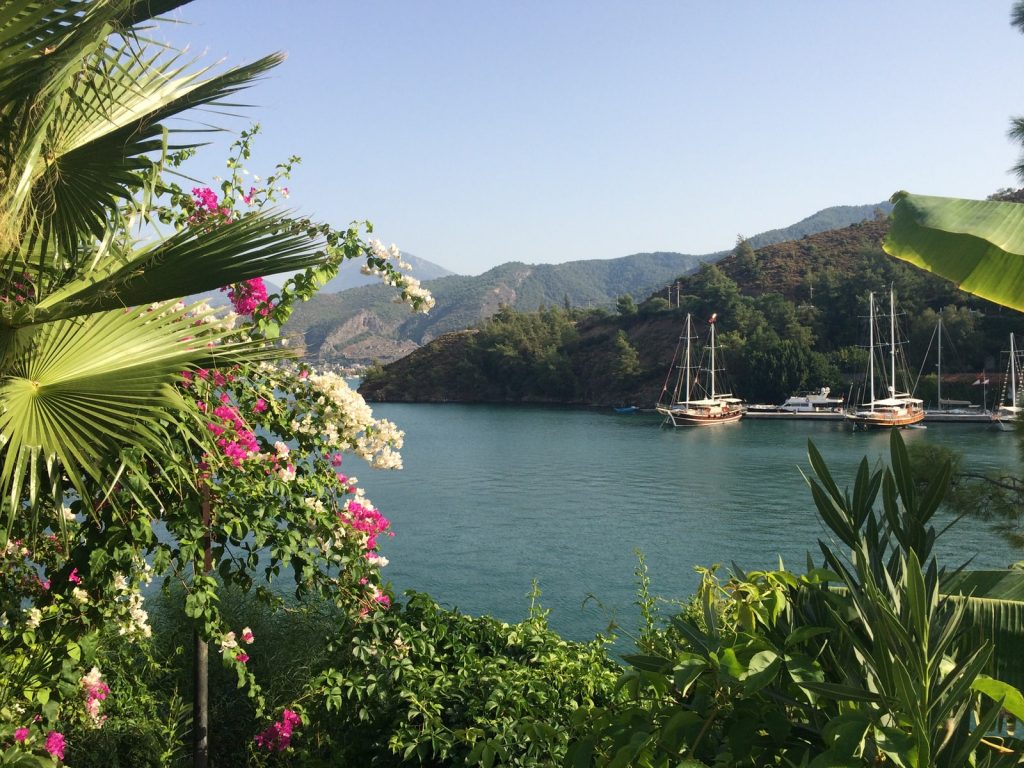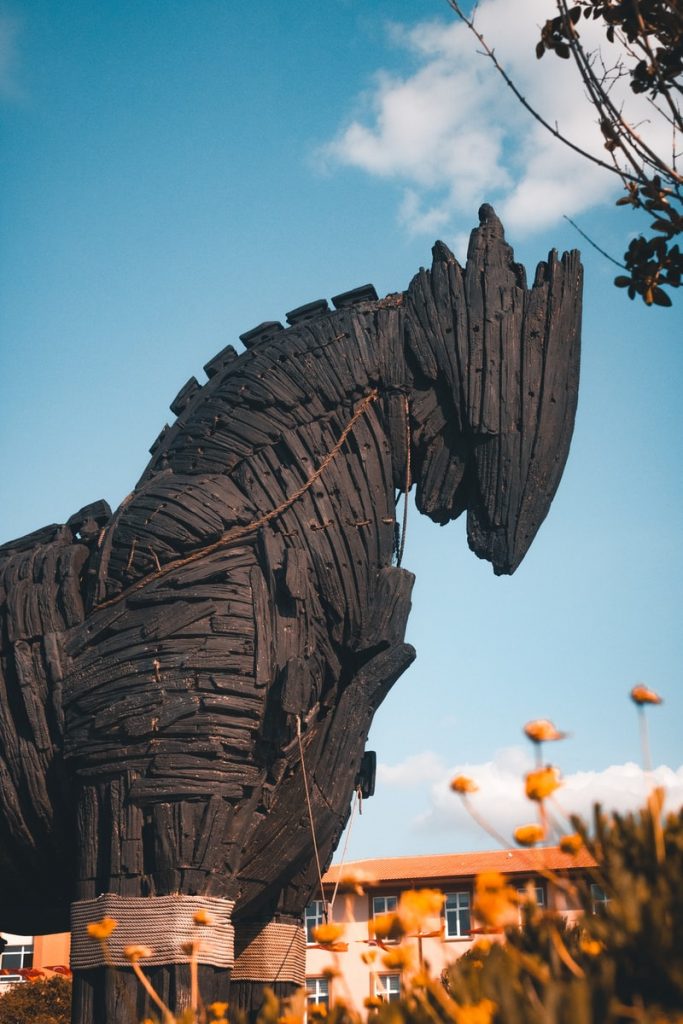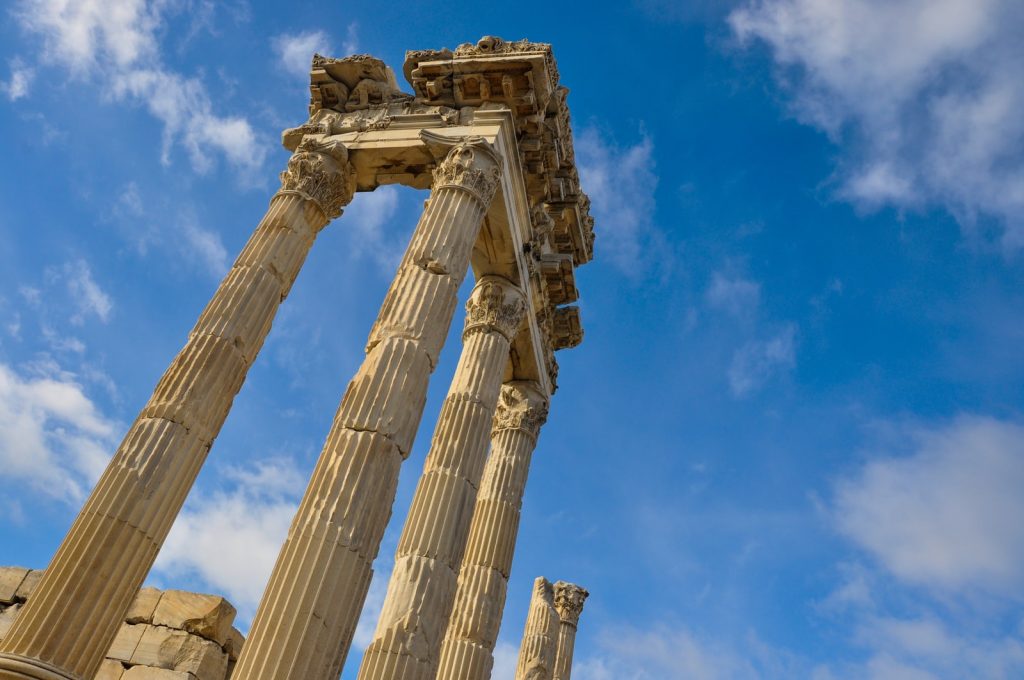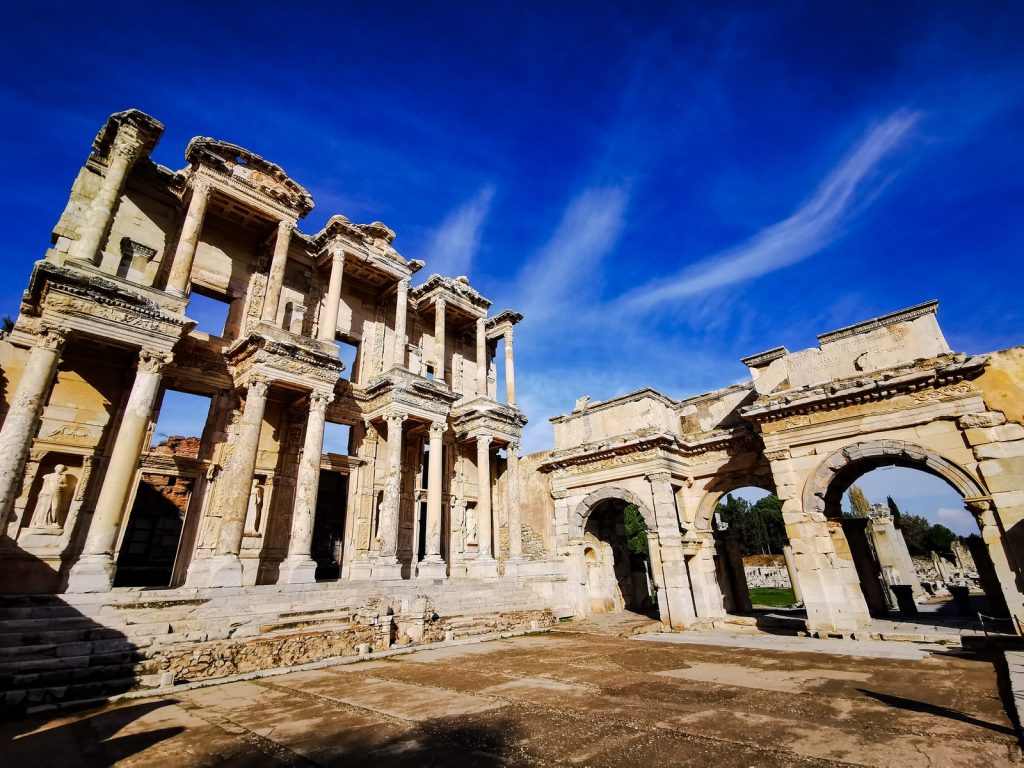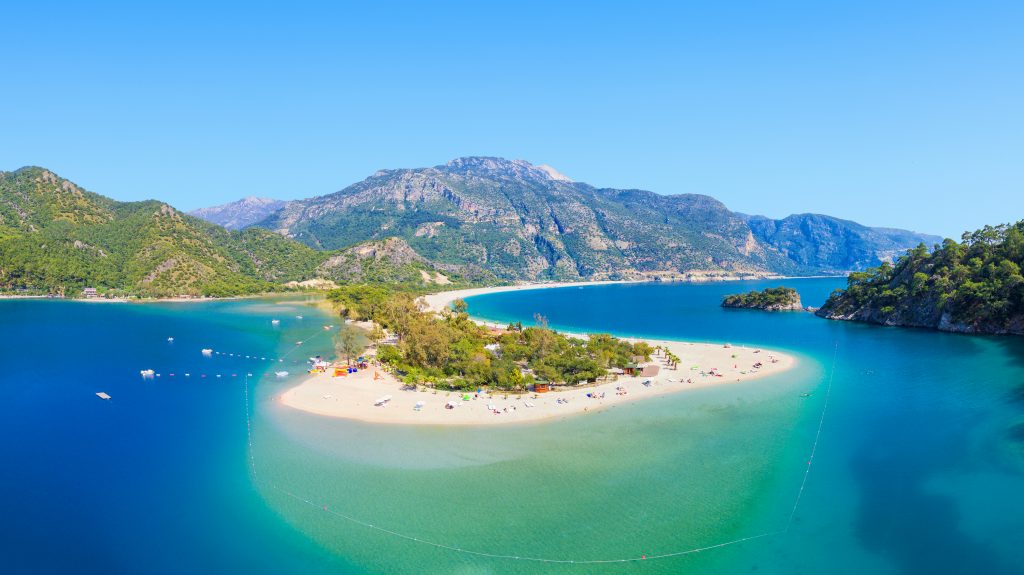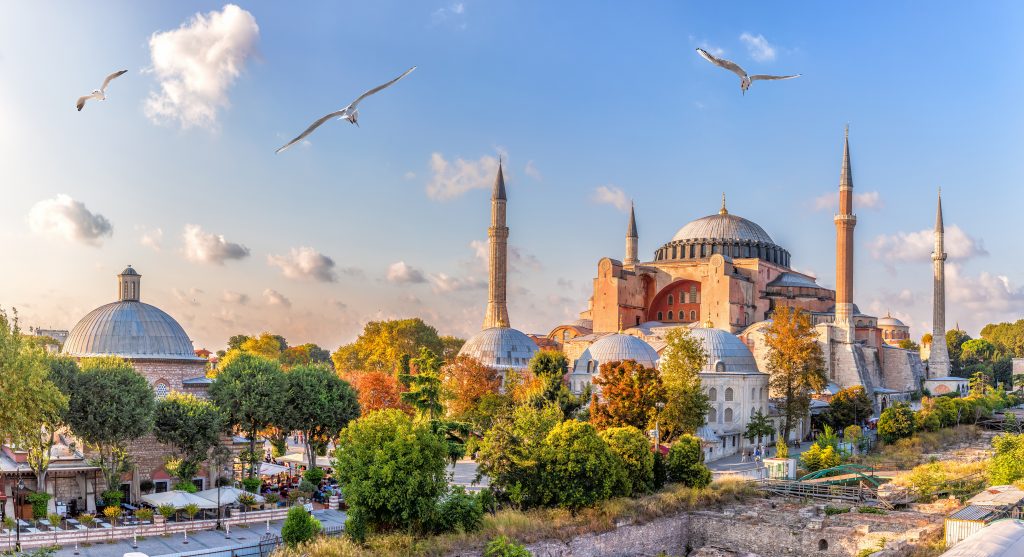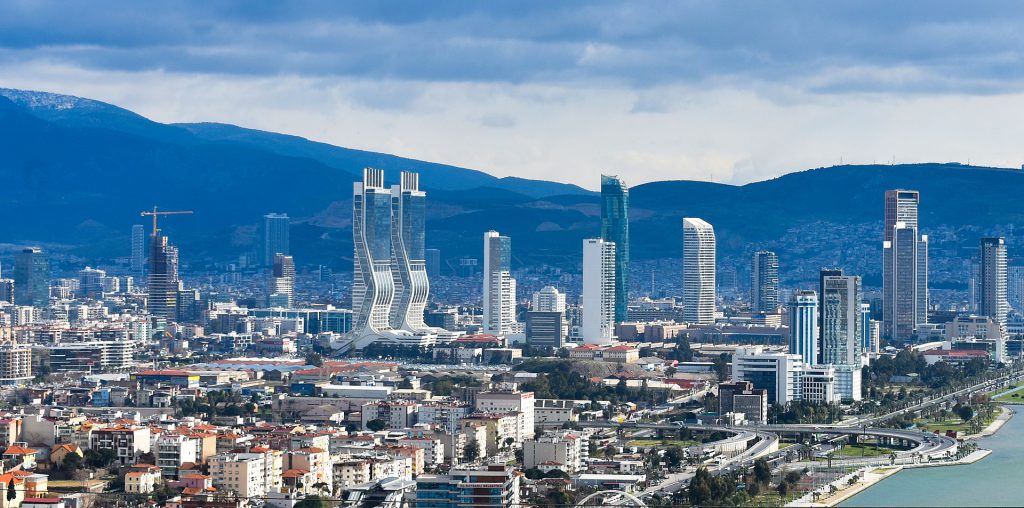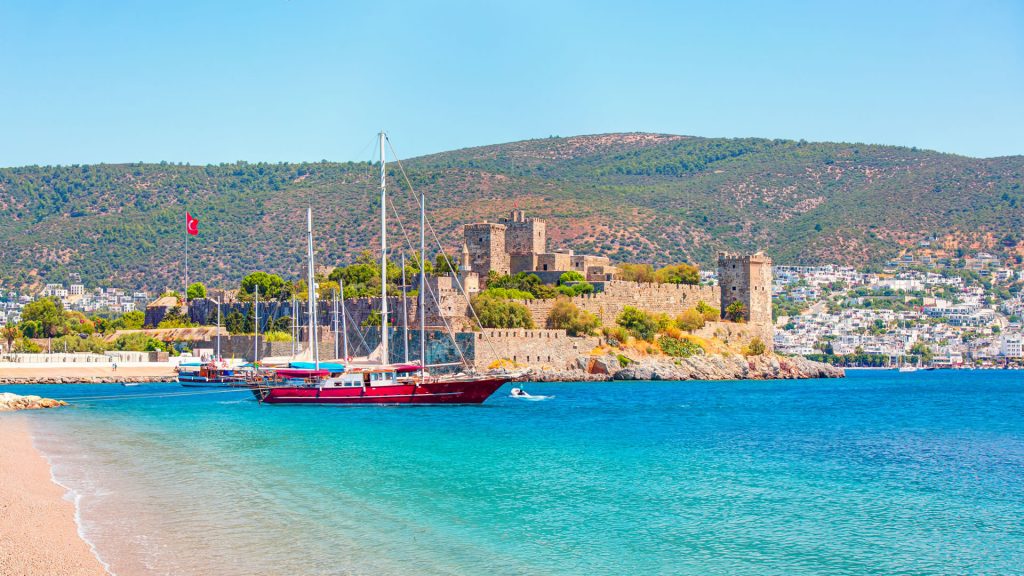CAPPADOCIA
Cappadocia (/kæpəˈdoʊʃə/; also Capadocia; Turkish: Kapadokya; Greek: Καππαδοκία Kappadokía, from Old Persian: 𐎣𐎫𐎱𐎬𐎢𐎣 Katpatuka; Armenian: Կապադովկիա, Գամիրք Kapadovkia, Gamirk’) is a historical region in Central Anatolia, largely in the Nevşehir, Kayseri, Aksaray, Kırşehir, Sivas and Niğde provinces in Turkey.
The name continues in use as an international tourism concept to define a region of exceptional natural wonders, in particular characterized by fairy chimneys and a unique historical and cultural heritage.
Hot-air ballooning is very popular in Cappadocia and is available in Göreme. Trekking is enjoyed in Ihlara Valley, Monastery Valley (Guzelyurt), Ürgüp and Göreme.
People of the villages at the heart of the Cappadocia Region carved out houses, churches and monasteries from the soft rocks of volcanic deposits. Göreme became a monastic centre in 300–1200 AD.
The area was featured in several films due to its topography. The 1983 Italian/French/Turkish film Yor, the Hunter from the Future and 1985’s Land of Doom were filmed in Cappadocia. The region was used for the 1989 science fiction film Slipstream to depict a cult of wind worshippers. In 2010 and early 2011, the film Ghost Rider: Spirit of Vengeance was also filmed in the Cappadocia region. Pier Paolo Pasolini’s Medea, based on the plot of Euripides’ Medea, was filmed in Göreme Open Air Museum’s early Christian churches.
[trp_language language=”en_US”] Cappadocia’s winter landscapes and broad panoramas are prominent in the 2014 film Winter Sleep (Turkish: Kış Uykusu), directed by Nuri Bilge Ceylan, which won the Palme d’Or at the 2014 Cannes film festival. For fantastic travel opportunities to Antalya with Bravo Travel, keep following![/trp_language]
